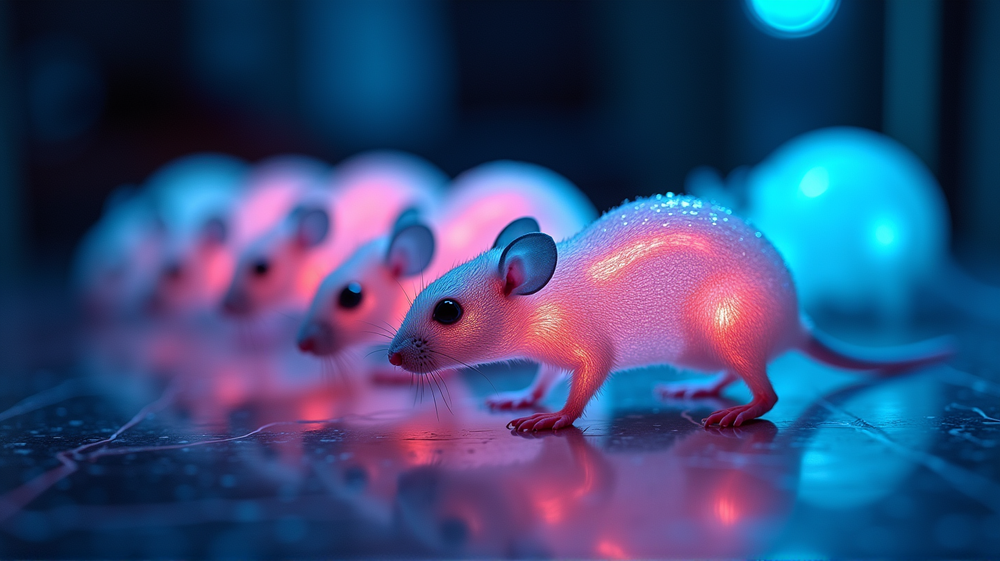Breakthrough in Transparent Skin for Non-invasive Brain Imaging
The Revolutionary Technique
In an astonishing advancement, researchers have developed a technique that renders the skin of juvenile mice transparent to visible light. This groundbreaking method, detailed in PNAS on August 26, facultatively unveils the intricacies of brain development without surgical intervention or long-term tissue modification. This process not only offers new insight into the neurodevelopmental spectrum but also promises new approaches to unravel the complexities underlying neurological disorders.
Illuminating the Mind
The crux of this technique lies in reducing light scattering, a common stumbling barrier in imaging structures beneath the skin. When light traverses materials of varying optical properties, such as water, lipids, and proteins, scattering occurs, blurring our view. As stated by Dr. Mark Brongersma, “From a physics perspective, we’re basically a bag of water with biomaterials. And the mismatch in their optical properties is why we can’t see through the skin or scalp.”
Physics Meets Physiology
Harnessing physics, researchers from Stanford University developed a mixture using ampyrone to augment the refractive index of water in the skin. This strategic enhancement aligns the skin’s refractive index closer to that of surrounding biomaterials. By doing so, they minimized distortion, enabling light to pass through with unprecedented clarity. Dr. Guosong Hong noted, “This opens a literal window to peek into the brain’s development.”
Capturing Fluorescent Signals
Breaking traditional constraints, this method permits imaging across the entire visible spectrum. This inclusion allows visualization of fluorescent proteins which signal neural activity. Juvenile mice, with naturally thin skulls, enabled researchers to capture these signals up until around four weeks of age, offering a vivid glimpse into neuronal activity.
Innovating Neurodevelopmental Insights
By allowing continuous imaging over extended periods, the technique empowers unprecedented observation of neural circuitry development and its evolution in developmental disorder models. The implications are profound, offering a glimpse into once-inaccessible neural landscapes, paving paths for breakthroughs in understanding brain development.
Expanding the Horizon
Previously, the team had innovated a method making mouse skin transparent to red light for viewing internal organs. With ampyrone, this ability now extends fully across the visible spectrum, granting access to a broader array of biological markers.
According to Technology Networks, this method holds transformative potential for future medical and scientific endeavors, bringing us closer to demystifying the enigma of the developing brain.




